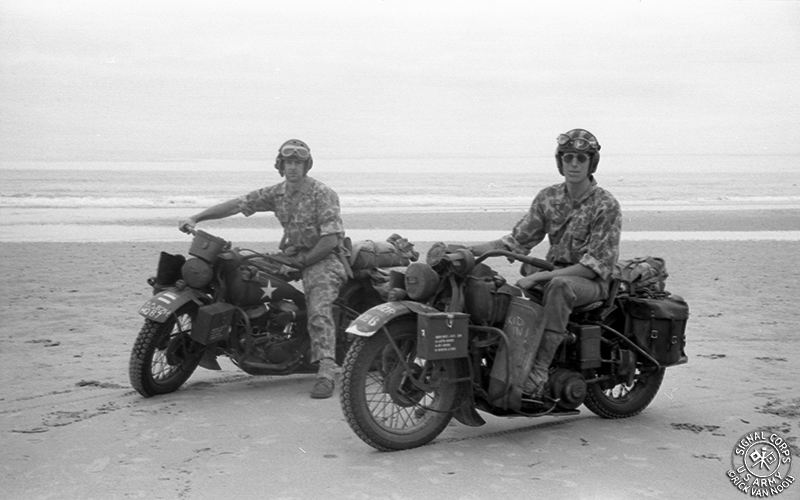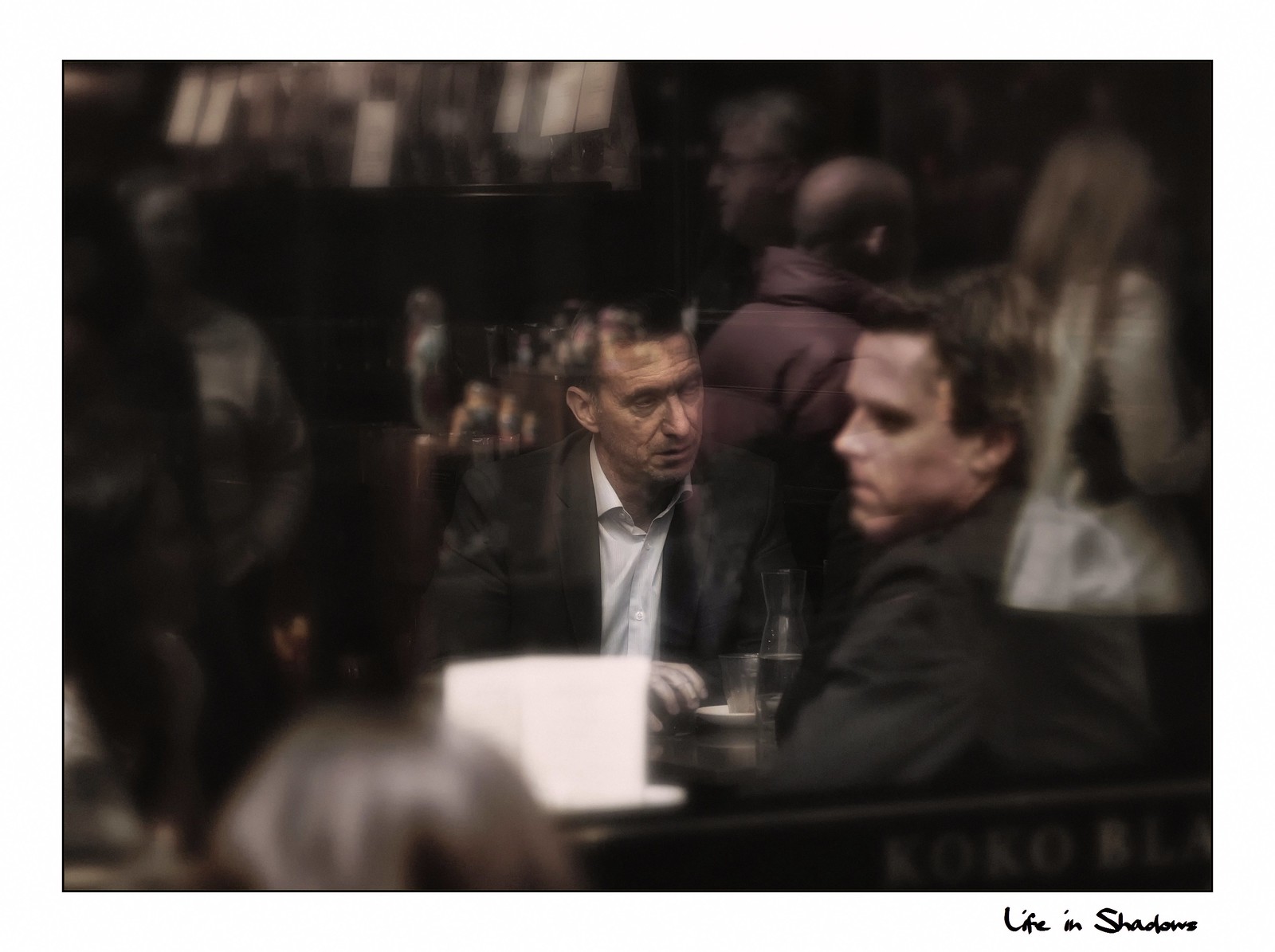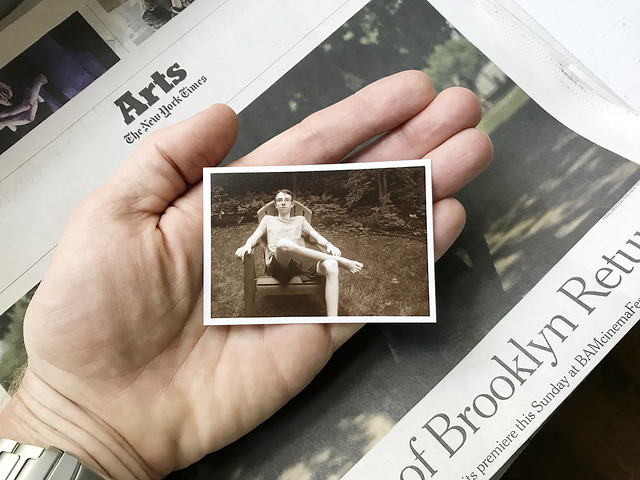michaelwj
----------------
I believe that is 42mm per eye, but because we see in binocular, the central part of our vision approximates a 35mm FOV.
I wish I had bird eyes, so I could see telescopically like the eagles, or at night like the owls. But right now I'm just glad I can see at all, and my glasses can correct the faults. I do find myself using my 35mm lenses more than anything else, but I'm not adverse to going wider or narrower if the situation calls for it.
PF
But because you're constantly scanning and filling in important bits and removing the excess human vision is extremely versatile. You can take in a whole landscape without it feeling constrained or focus on the moon without it feeling tiny.
I've heard that while walking around the vision equates to wider than 28mm while focusing on details get you very narrow perceived vision (~200+mm)






